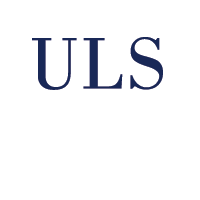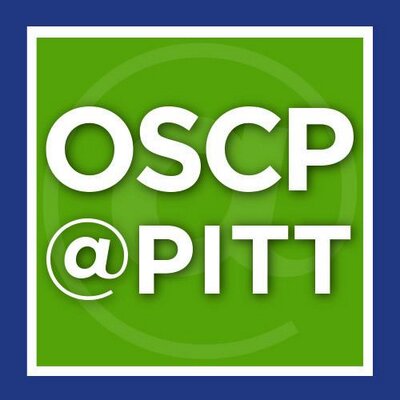Stevenson, Hilary
(2014)
Use of Transmission Electron Microscopy to Identify Nanocrystals of Challenging Protein Targets.
Doctoral Dissertation, University of Pittsburgh.
(Unpublished)
Abstract
Existing crystallographic methods require micro-meter sized crystals for structure determination. However, due to their intrinsic disorder, many biological molecules are not amenable to the formation of such large crystals. X-ray free electron lasers (X-FEL) provide a new avenue to determine crystal structures of such challenging biological targets, as this technology enables the acquisition of diffraction patterns from nano-meter sized crystals. As proof of principle, X-FELs have been employed to determine crystal structures obtained using conventional crystallographic methods. A major limitation to the application of X-FEL technology to de novo structure determination of challenging targets is the inability to identify protein nanocrystals (NCs) that are suitable for diffraction by X-FEL. Here, I establish a method using Transmission Electron Microscopy (TEM) to reliably identify and characterize protein NCs. I then use this method to compare crystallographic seeding techniques to identify conditions that yield larger and higher quality NCs.
Negative stain Transmission Electron Microscopy (TEM) was used to detect NCs of several challenging targets. One such challenging target is a Family B G-Protein Coupled Receptor, the parathyroid hormone receptor (PTHR1). Crystallization trials of the PTHR1 were performed to isolate potential NC containing drops. UV tryptophan fluorescence microscopy was employed to identify UV positive granular aggregates. Positive samples were examined by negative stain TEM with the aim of distinguishing NCs from protein aggregates. In those PTHR1 NCs that were identified, the presence of negative stained lattices was used as an indicator of their proteic nature. This method was successfully employed to identify protein NCs of seven additional challenging targets. Crystal quality was determined by calculating fast Fourier transforms of NC lattices.
TEM was also used to visualize crystallographic seeds for the first time, and identify optimal seeding conditions. The quality of seeds produced by traditional seeding methods were compared to those produced by “nanoseeding,” a novel method in which multiple millimeter seed beads are used. The nanoseeding approach proved to be far superior to traditional methods at producing larger and higher quality seeds. This work demonstrates that TEM identified NCs, as well as fragmented NCs are powerful tools for optimizing and growing crystals.
Share
| Citation/Export: |
|
| Social Networking: |
|
Details
| Item Type: |
University of Pittsburgh ETD
|
| Status: |
Unpublished |
| Creators/Authors: |
| Creators | Email | Pitt Username | ORCID  |
|---|
| Stevenson, Hilary | hps4@pitt.edu | HPS4 | |
|
| ETD Committee: |
|
| Date: |
2 June 2014 |
| Date Type: |
Publication |
| Defense Date: |
8 May 2014 |
| Approval Date: |
2 June 2014 |
| Submission Date: |
30 May 2014 |
| Access Restriction: |
No restriction; Release the ETD for access worldwide immediately. |
| Number of Pages: |
134 |
| Institution: |
University of Pittsburgh |
| Schools and Programs: |
School of Medicine > Pharmacology and Chemical Biology |
| Degree: |
PhD - Doctor of Philosophy |
| Thesis Type: |
Doctoral Dissertation |
| Refereed: |
Yes |
| Uncontrolled Keywords: |
Nanocrystallography, X-ray Crystallography, Structural Biology, Protein Purification, Femtosecond Diffraction |
| Date Deposited: |
02 Jun 2014 14:05 |
| Last Modified: |
15 Nov 2016 14:20 |
| URI: |
http://d-scholarship.pitt.edu/id/eprint/21717 |
Metrics
Monthly Views for the past 3 years
Plum Analytics
Actions (login required)
 |
View Item |








